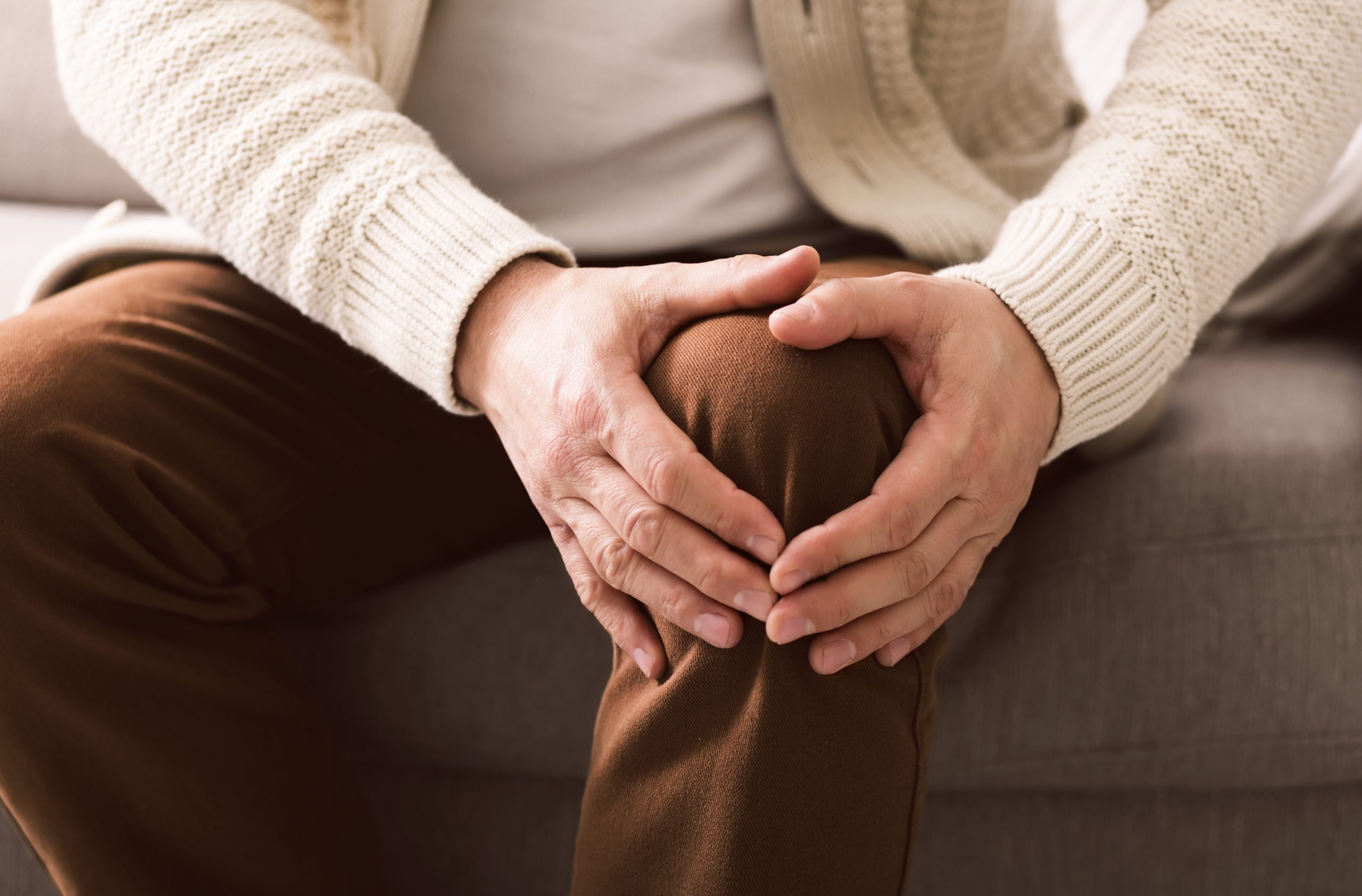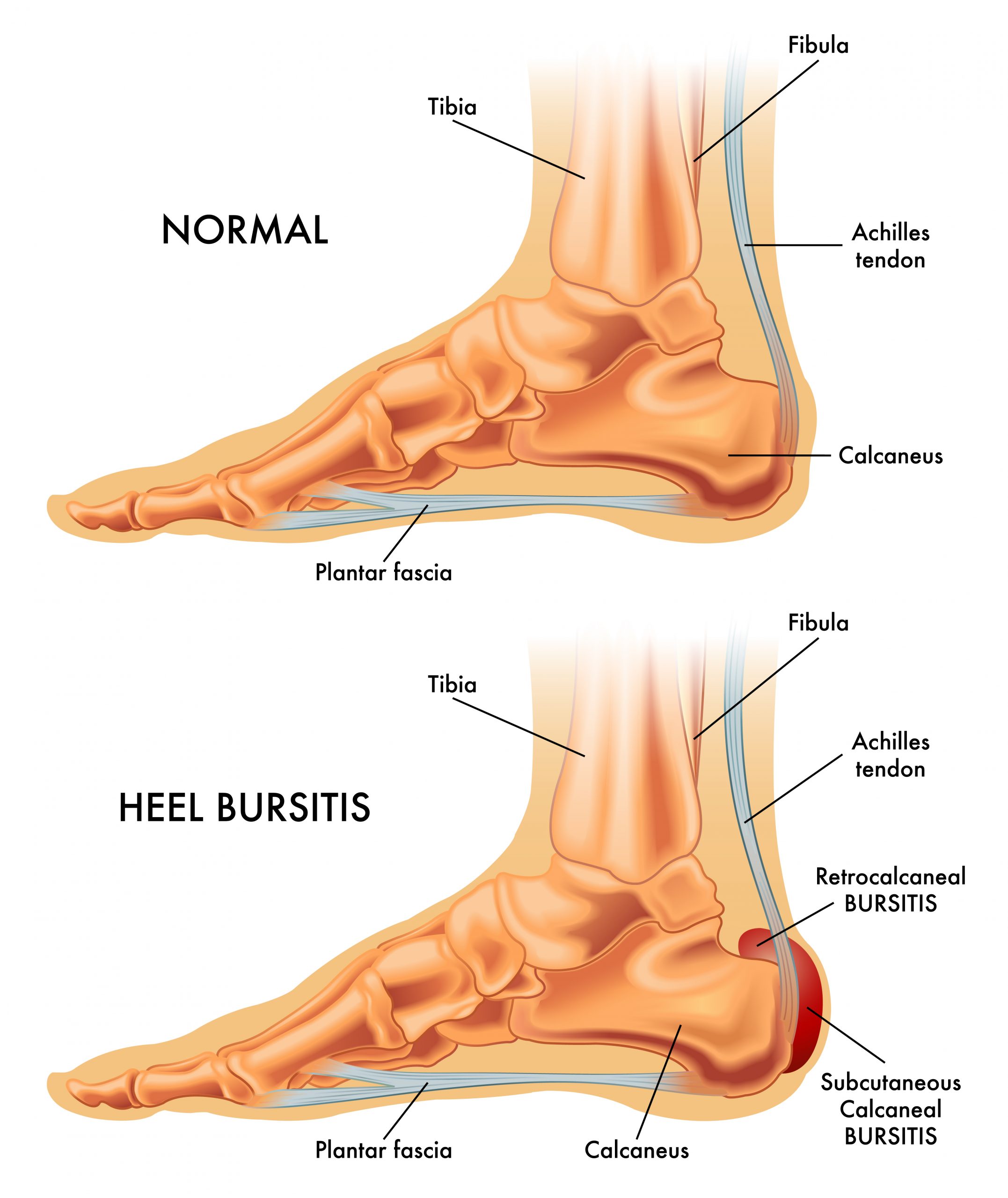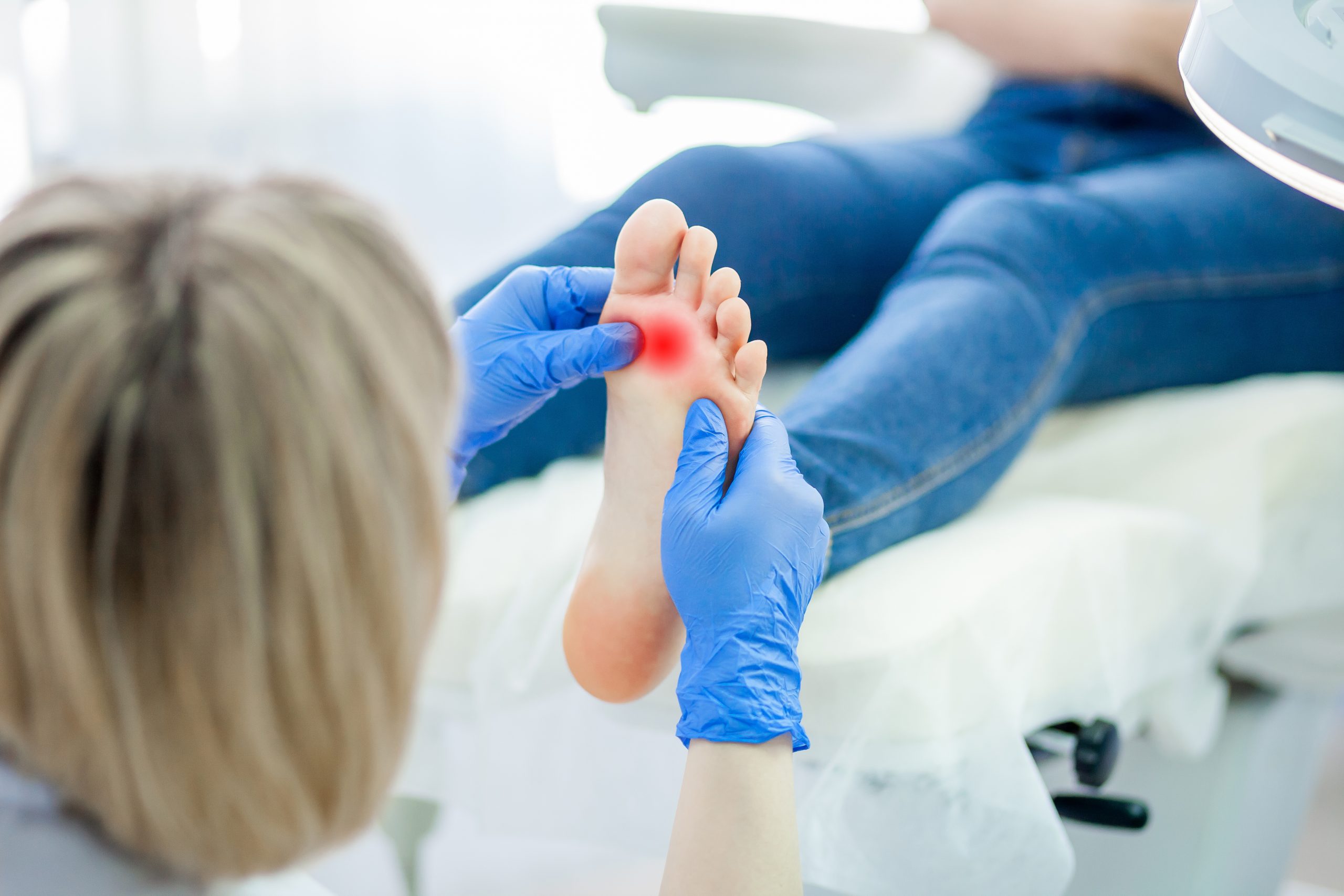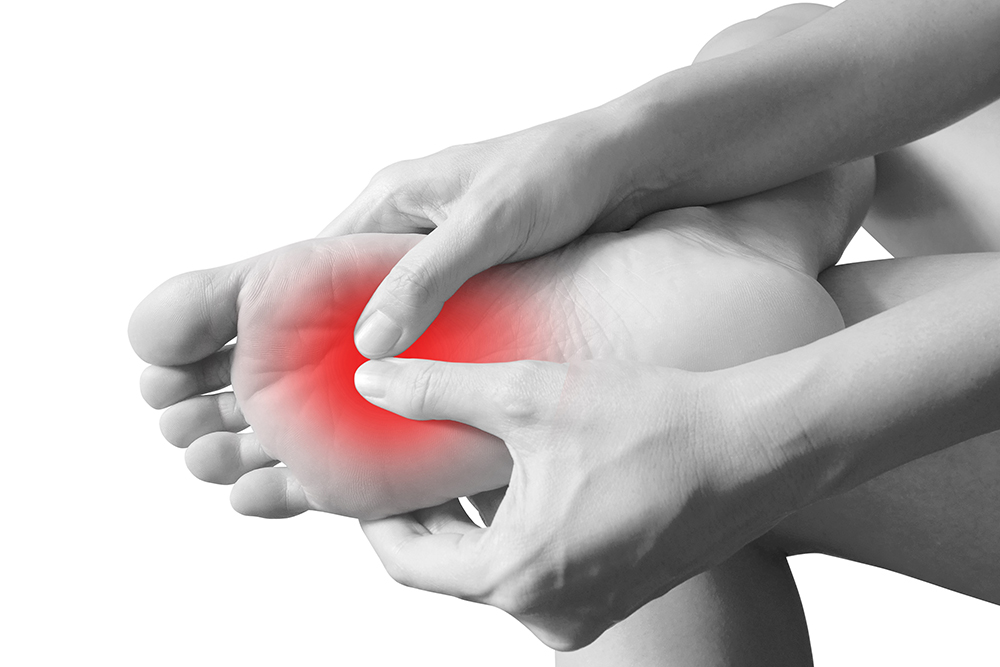
 To best understand synovitis and how it’s affecting you, it’s good to understand what the joints in your body look like. So let us explain!
To best understand synovitis and how it’s affecting you, it’s good to understand what the joints in your body look like. So let us explain!
Wherever two bone ends meet to form a joint, whether that’s your knee, your elbow or your ankle, you have a joint capsule. Think of the joint capsule as a ball-shaped envelope made of tough connective tissues that attaches the bones and encloses the joint and its components.
The synovium is a connective tissue that sits just inside the joint capsule, lining it. Found inside the joint capsule is also the synovial fluid, which lubricates the joint to reduce friction on the components of the joint while it moves.
Now that we understand what the synovium is, a diagnosis of synovitis means the inflammation of the synovium.
What Causes Synovitis?
There are two primary causes of synovitis that we see and help treat. The first is overusing or straining the joint itself. When we repetitively overload the joint, the synovium can become damaged and irritated, resulting in swelling and synovitis. Contributing factors to overloading can include the posture and biomechanics of the feet (like flat feet), poor or unsupportive footwear, an improper training schedule that sees you going too hard too fast, and much more.
The second is related to an inflammatory joint disease like arthritis. Here, the body launches an immune response against its own cells, causing damage, swelling, stiffness and pain.
What Are The Symptoms Of Synovitis?
Joint pain is the most common symptom. While there is an inflammatory element to synovitis, this may not be so obvious. There may be some redness and stiffness around the joint too, which may cause you to change the way you walk to avoid pain.
Depending on the cause, synovitis can affect one or more joints and may be symmetrical or asymmetrical. The pain can come in flares, or if it’s the result of an overuse injury, the joint may continue to ache for some time, especially when it is placed under pressure or strain.
If the joint capsule doesn’t get a chance to heal, the problem can worsen. This involves an increase in pain as well as changes to the joint itself, which can result in bony prominences. This is why it’s essential to treat your joint pain as soon as it develops.
As your joints are vulnerable to injury and damage in many different forms, medical imaging is often required to make a confident diagnosis. If an overuse injury has caused it, synovitis can occur alongside other overuse injuries like tendonitis. Don’t worry, this is something we thoroughly assess here at My FootDr as part of your assessment.
Synovitis Treatment
The best treatment for synovitis does vary depending on the cause and which joints are affected. Our goal is always to help alleviate your pain, improve your mobility and comfort, accelerate the healing process, and put the right measures in place to help prevent the joints from becoming damaged again in the future – where the cause is overuse. We may use:
- Off-loading techniques like custom foot orthotics to shift pressure away from the inflamed joint while walking, thereby helping manage pain and further overuse while supporting its healing and repair
- Non-steroidal anti-inflammatory medication to help manage the painful symptoms
- Footwear to achieve a better and more well-supported foot posture that helps keep the joints in an optimum alignment
- Physical therapy, like stretching and strengthening of the muscles surrounding the joints, where muscle weakness or tightness have contributed to the overuse of the joint




